
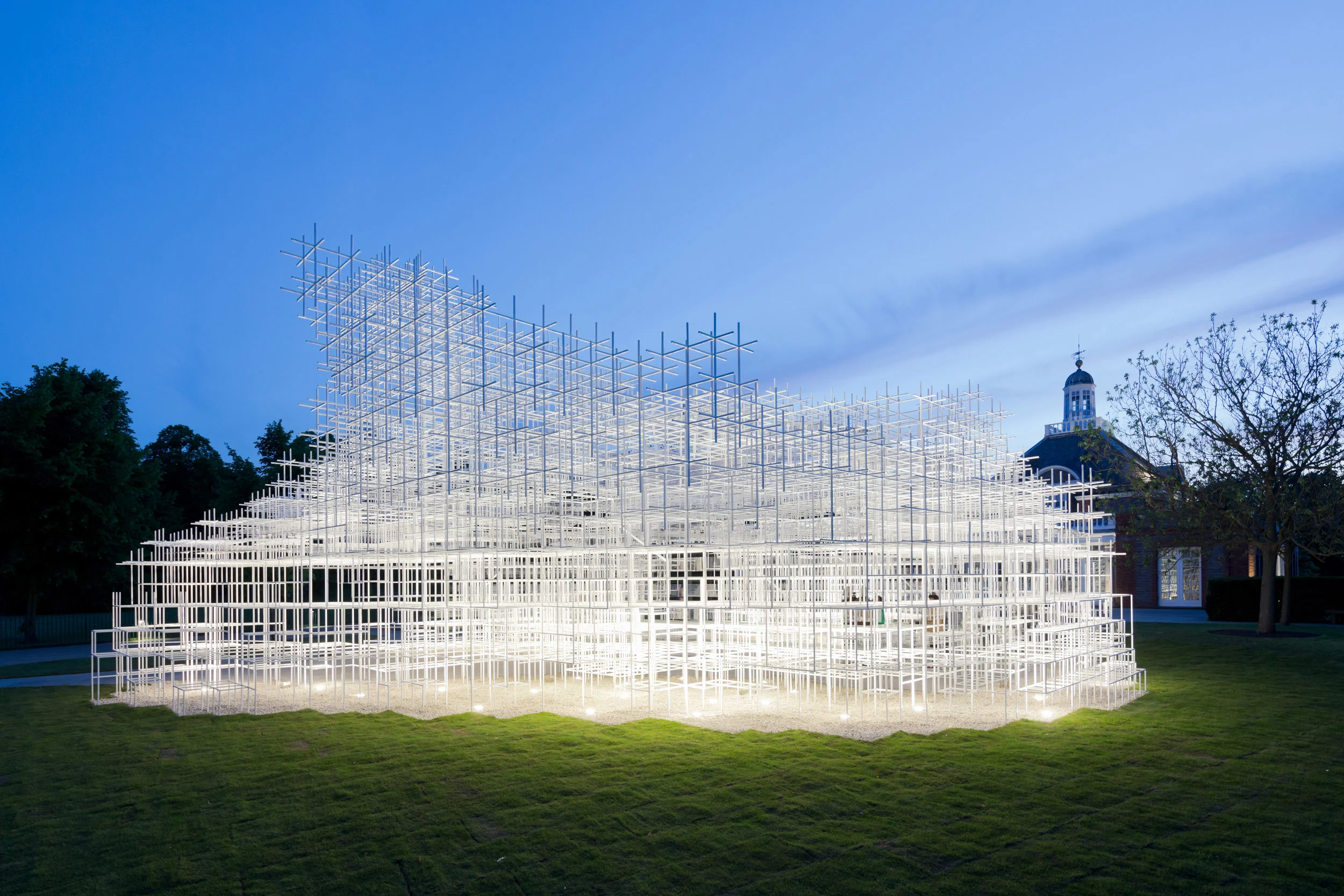
Every summer since 2000, the Serpentine Gallery in London’s Hyde Park has approached a leading international architect with a prestigious commission. The Serpentine Pavilion stands for three months in the gallery’s grounds and always goes to a designer who has not completed a building in the UK.
The list of architects who have answered the call is a who’s who of the profession’s leading practitioners – Zaha Hadid, Rem Koolhaas, Olafur Eliasson, Frank Gehry, Sou Fujimoto, Ai Weiwei and, this year, Bjarke Ingels. Every year, whether you like the pavilion or not, it gives you a sense of where architecture is and draws hundreds of thousands of visitors, making it one of the most visited design exhibitions in the world.
Here's a selection of some of the most inspiring and intriguing creations…
2001: Daniel Liebskind

While the late, great Zaha Hadid had the honour of creating the first Serpentine Pavilion, it was the second structure in 2001 that arguably first caught the public’s imagination. Inspired by the idea of architectural origami, Liebskind worked with the Arup engineering practice on Eighteen Turns, an aluminium-covered piece that bounced the light off the greenery of the park and the brick gallery beside it. The Guardian said: “It unfolds logically enough in front of your eyes if you take time to look at it carefully and follow its construction through, yet it also resembles a giant three-dimensional puzzle.”
2007: Olafur Eliasson and Kjetil Thorsen
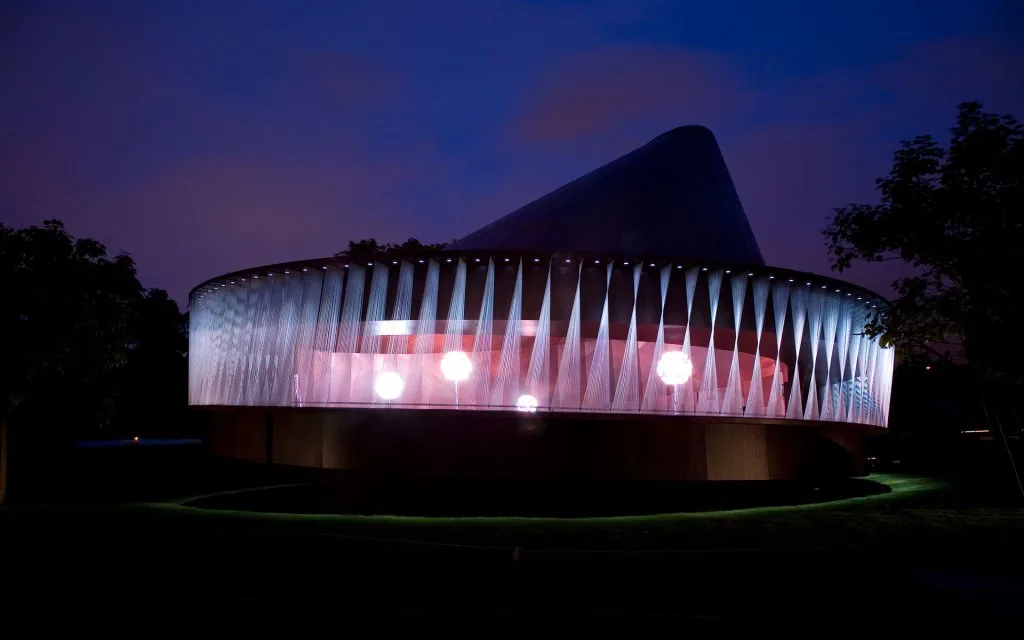
Best known in London for his giant indoor sun installed in the Tate Modern gallery, Olafur Eliasson was the first artist to collaborate on a pavilion when he worked with Snøhetta’s Kjetil Thorsen in 2007. Known as The Spinning Top it had a dramatic, spiral structure and was praised by curator Julia Peyton-Jones for providing “a completely different kind of dynamic” between itself, the park and the gallery. The deep well in the centre hosted weekly “marathons” where artists, scientists and academics came together to perform a series of public experiments.
2008: Frank Gehry
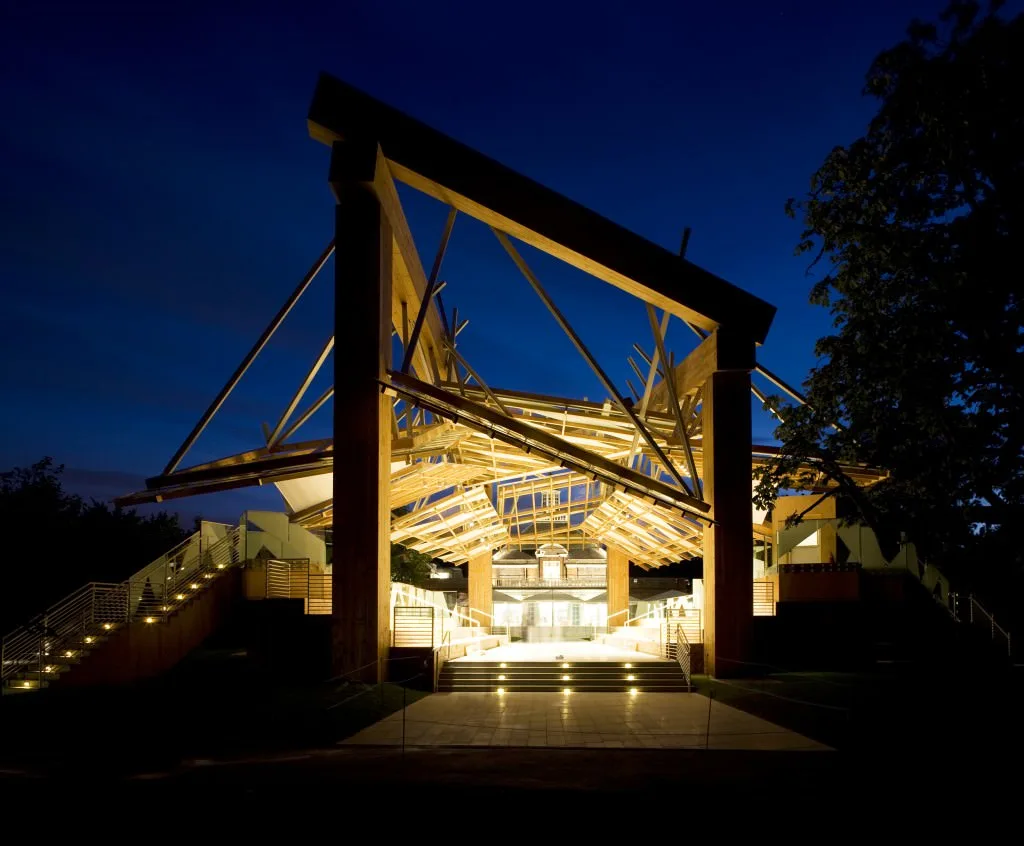
The Spinning Top was a tough act to follow but legendary Canadian architect Frank Gehry was up to the task. Working with his son Sami, he created a dramatic wood and steel edifice which drew on a huge range of inspirations, from butterflies and beach huts to garden parties and a military catapult designed by Leonardo da Vinci. There was no sense Gehry played it safe with his design, in fact The Telegraph applauded the fact that he, “approached the commission as a sketchbook project, seizing the freedom from the constraints that apply to more permanent buildings to experiment with new ideas.”
2013: Sou Fujimoto
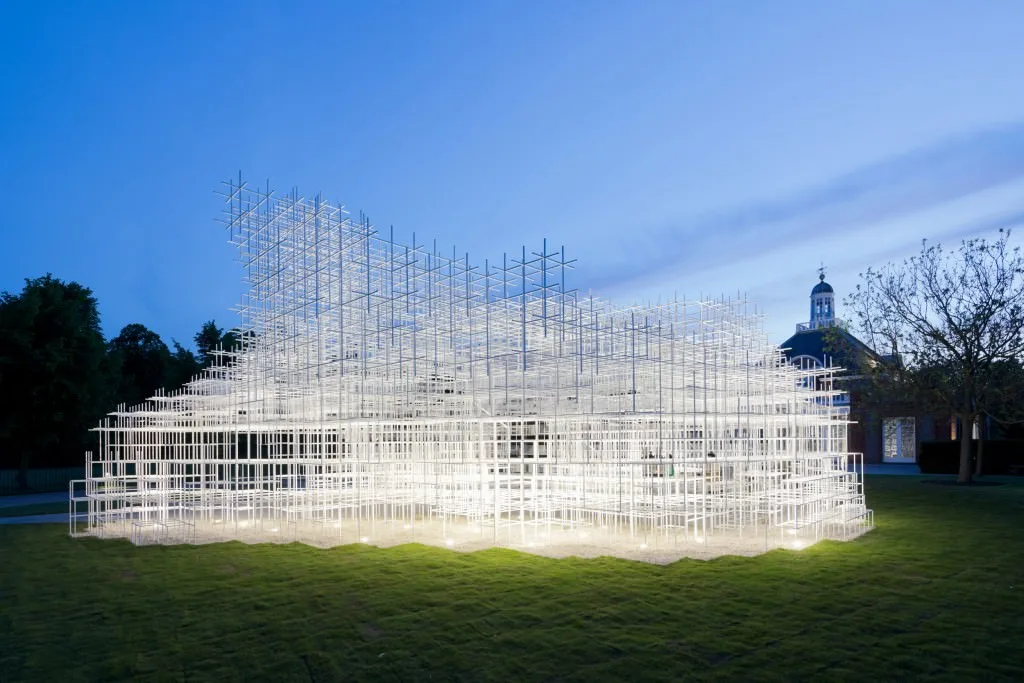
We know it’s childish to pick favourites, but Sou Fujimoto’s so-called Cloud Pavilion of 2013 is the best one we have seen in person. The youngest architect to take on the project, he wanted to create something “between architecture and nature” and certainly succeeded. A lattice of white steel poles were connected with transparent plastic panels which made it look like anyone sitting or standing on the structure was floating in the air. Particularly impressive at night, it was hugely popular. “Rather than a mere folly, Fujimoto is sincere in his proposition about the future of architecture and its place in the world,” Jack Self wrote on Domus.
2016: Bjarke Engels Group
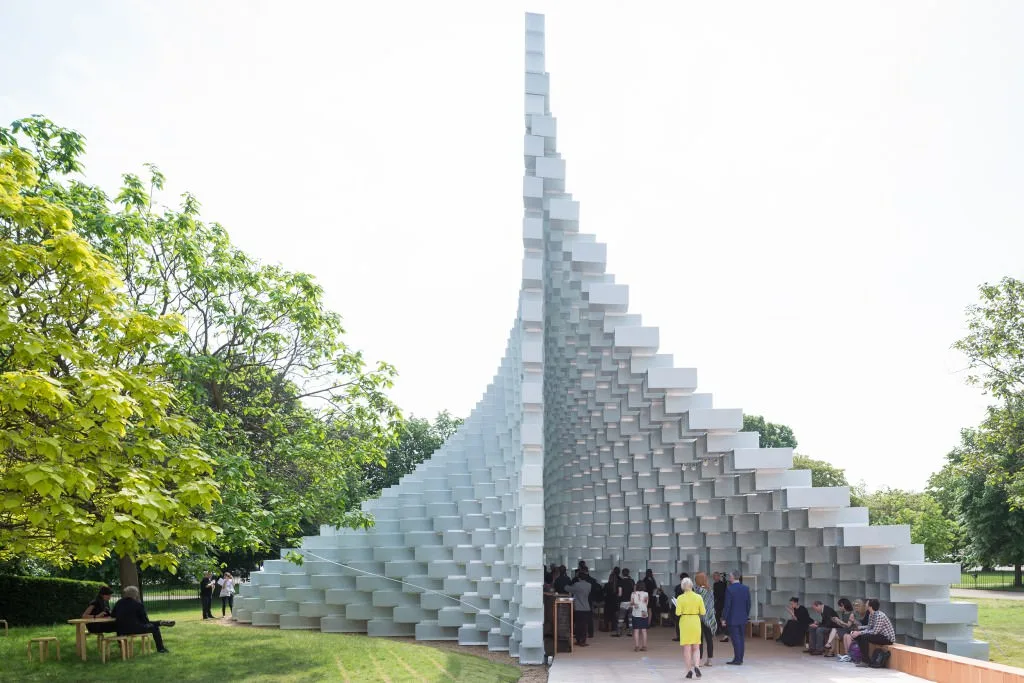
Bringing us right up-to-date, this year’s offering comes from the Bjarke Ingels Group and is known as The Unzipped Wall. It’s made of stacked fibreglass frames but it has an elegance that is not easy to pull off on this scale. Ingels said he wanted to create a piece that toyed with ideas that are usually thought of as opposites, “a structure that is free-form yet rigorous; modular yet sculptural; both transparent and opaque; both solid box and blob.”

